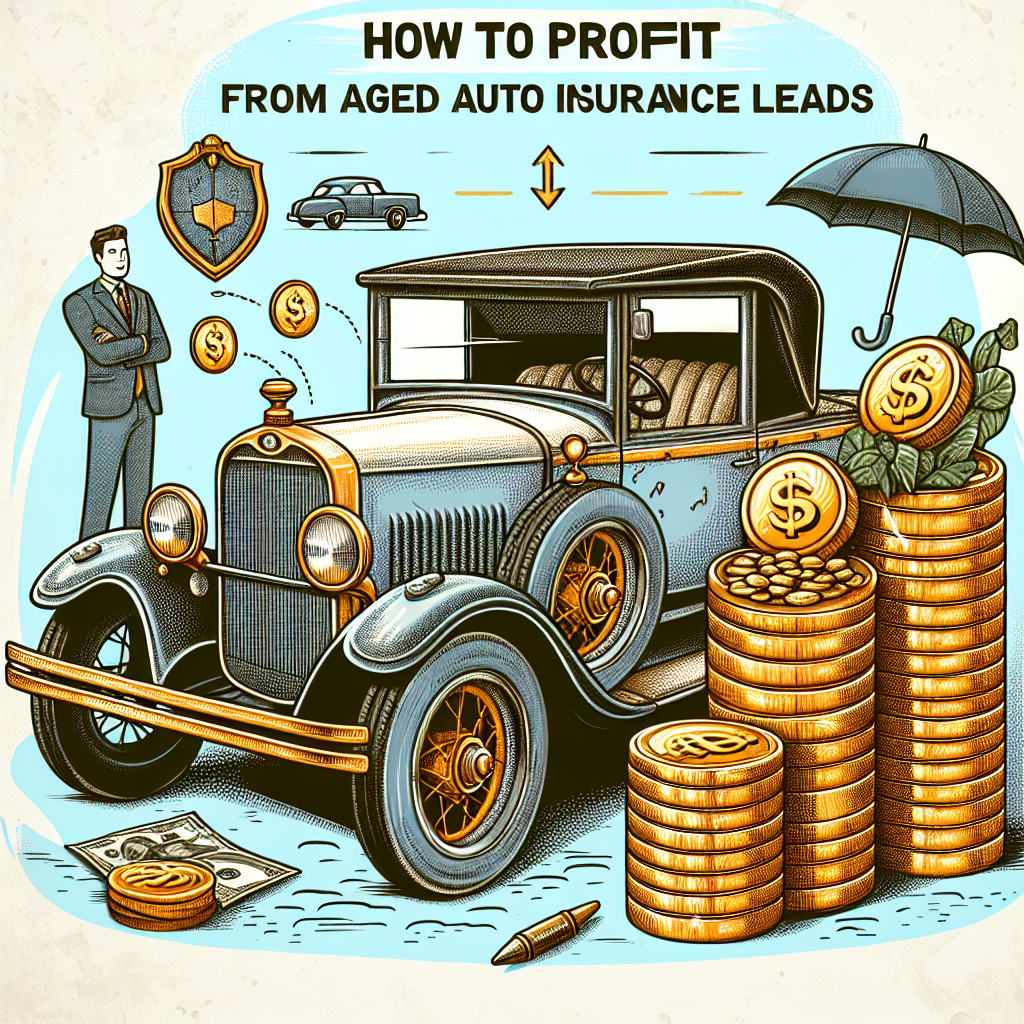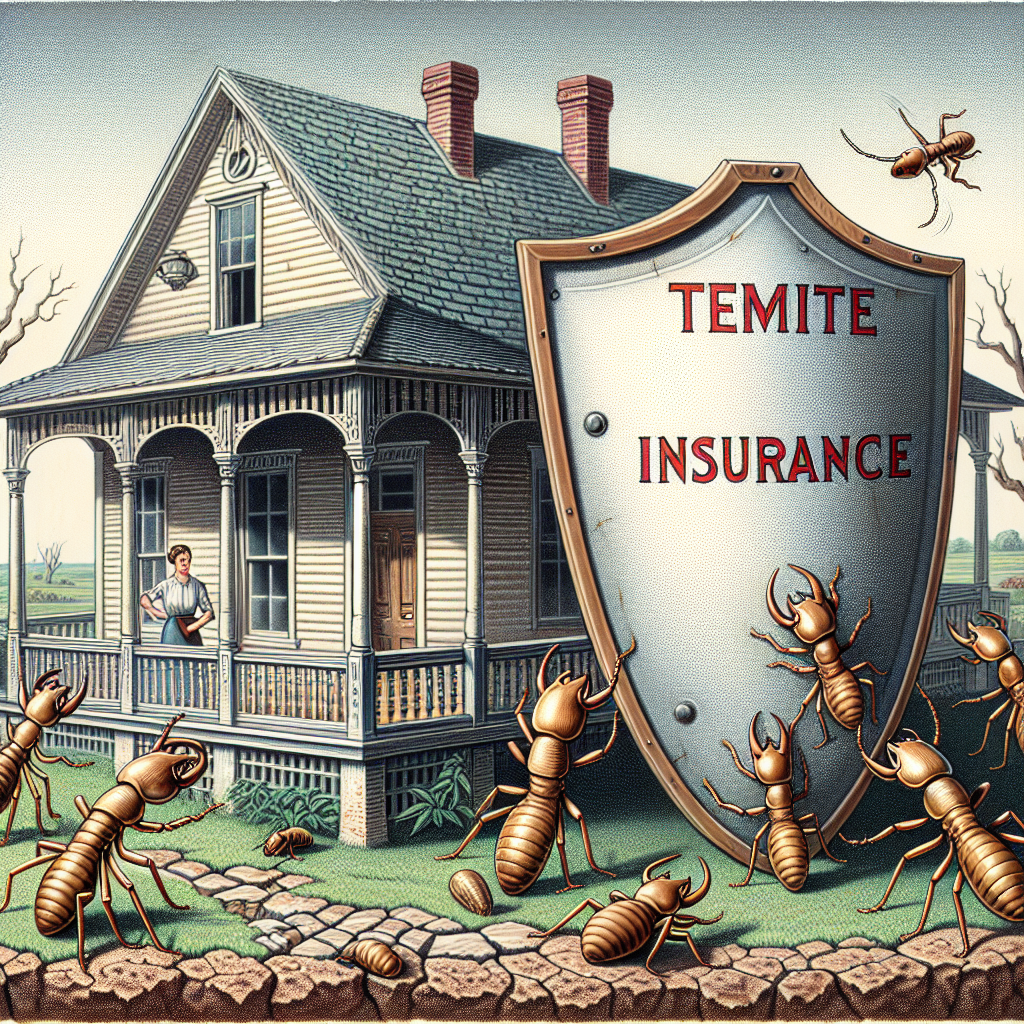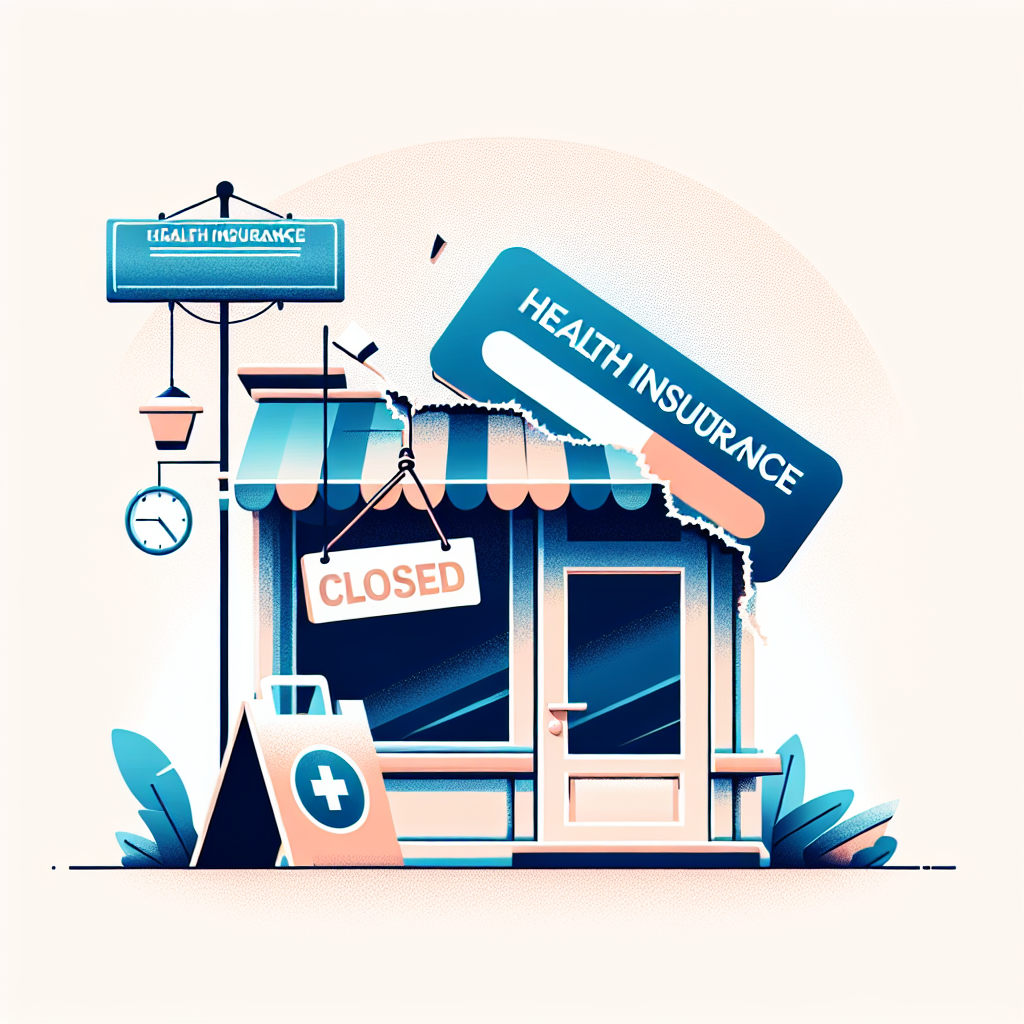Filed under Auto Insurance on
How to Profit from Aged Auto Insurance Leads

Auto insurance marketers are always hunting for fresh prospects, but many overlook one of the most cost-effective sources of new policies: aged auto insurance leads. These are leads that were generated days, weeks, or even months ago but never converted. When approached strategically, they can become a reliable and profitable channel for agents, brokers, and agencies looking to boost their book of business without blowing up their budget.
Instead of writing off older data as “dead,” savvy producers are building entire acquisition strategies around it. In this guide, you’ll learn how to profit from aged auto insurance leads, what makes them different from real-time leads, and how to build systems that consistently turn yesterday’s prospects into today’s clients.
What Are Aged Auto Insurance Leads?
Aged auto insurance leads are consumer inquiries that were originally generated for auto insurance quotes but are no longer considered “new.” Lead vendors typically classify leads as aged after a certain period—often 7, 15, 30, 60, or 90+ days from the time the consumer submitted their information.
These leads may have requested quotes from comparison sites, carrier websites, or lead generation forms. For various reasons—timing, follow-up gaps, budget constraints—they didn’t convert at the time. Instead of being discarded, they’re resold at a steep discount as aged auto insurance leads.
Common sources of these leads include:
- Online quote comparison platforms
- Aggregators and affiliate sites that sell insurance inquiries to multiple buyers
- Car dealership or finance applications where insurance is a secondary question
- Insurance marketplaces that recycle older inquiries as aged batches
From the consumer’s perspective, these prospects already signaled interest in reviewing their auto coverage. Your opportunity lies in reconnecting at the right moment with the right offer and message.
Why Aged Auto Insurance Leads Are Undervalued (and Profitable)
Many agents assume that if a lead didn’t buy quickly, it isn’t worth pursuing. However, research and industry behavior suggest otherwise. Insurance buying decisions often stretch over weeks or months. Life events, renewals, rate hikes, and changing financial situations can turn a “not now” into a “yes” later on.
When you know how to profit from aged auto insurance leads, you can tap into several advantages:
1. Dramatically Lower Cost Per Lead
Fresh, exclusive auto insurance leads are expensive. They often cost several times more than aged records. In contrast, aged auto insurance leads may be priced at a fraction of that—sometimes pennies on the dollar—because they’ve already been offered to other buyers.
This drastically lowers your customer acquisition cost, especially when you build an efficient follow-up system. Even if your conversion rate on older leads is lower, your ROI can still be significantly higher due to the reduced upfront investment.
2. Long Buying Cycles Work in Your Favor
Auto insurance isn’t a one-time purchase; it renews every 6 or 12 months. A prospect who shopped around three months ago may not have switched, but they may:
- Be nearing renewal and open to better pricing
- Have experienced a rate increase from their current carrier
- Now qualify for discounts they didn’t have earlier
- Be more motivated to save due to changing financial circumstances
By nurturing aged auto insurance leads, you can intercept consumers at these natural decision points, when they’re more receptive to reviewing their options.
3. Less Competition Than Real-Time Leads
Fresh leads are a feeding frenzy; aged ones are more like a quiet fishing spot. By the time you get them, the intense competition has cooled down. Many agents have moved on. That gives you room to have a calmer, more consultative conversation instead of racing to be the first quote in the inbox.
Used wisely, this lower competitive pressure can allow you to position yourself as a knowledgeable advisor rather than just another salesperson.
4. Perfect for Automation and Scaling
Because aged auto insurance leads often come in volume and at low cost, they’re ideal for automated outreach. You can feed them into email sequences, SMS campaigns, ringless voicemail drops, or predictive dialers.
Instead of relying solely on manual cold calling, you build a system where technology keeps nudging these prospects over time. This is where many agencies gain leverage: they turn historical inquiries into a semi-automated pipeline of new quotes.
Key Challenges with Aged Leads (and How to Overcome Them)
To profit from aged auto insurance leads, you must address their inherent challenges. Ignoring these realities is what causes many agents to dismiss them too quickly.
1. Data Decay and Accuracy
People change phone numbers, addresses, and email providers. According to multiple marketing studies, contact data can decay by 20–30% per year. For aged auto insurance leads, that means some records will be incomplete or outdated.
Mitigation strategies include:
- Using data validation tools to verify phone numbers and emails before campaigns
- Prioritizing leads with more complete data (multiple contact methods)
- Scrubbing against DNC lists and compliance filters
- Starting with low-cost test batches from new vendors to gauge data quality
2. Consumer Fatigue
Some leads may have been contacted multiple times right after they submitted their info. If your outreach sounds like every other generic sales pitch, they’ll tune out.
The solution is to stop sounding like a telemarketer. Lead with relevance and empathy. Acknowledge the time gap and focus on solving a real problem, such as rising premiums or gaps in coverage, rather than pushing an aggressive quote-first script.
3. Lower Intent (Initially)
With freshmen leads, the consumer might be actively shopping that day. With aged records, their urgency may have cooled—or shifted. But intent is not static. Your job is to reignite it by aligning your timing and messaging with real triggers (renewal dates, life events, etc.).
That’s why the most successful strategies to profit from aged auto insurance leads focus on sustained nurturing rather than single-contact “hits.”
How to Choose the Right Aged Lead Provider
Not all lead vendors are equal, and the quality of your aged auto insurance leads can make or break your campaign. Before you buy in bulk, vet your providers carefully.
1. Ask About Lead Origin and Compliance
You should know how and where the leads were generated:
- Did consumers explicitly request insurance quotes?
- Was consent captured for phone, SMS, and email?
- What disclosures were used on the form?
- Are the leads TCPA compliant and properly time-stamped?
Choose vendors that can provide clear documentation of opt-in practices. Regulatory scrutiny on data privacy and consent is tightening, and cutting corners is risky and short-sighted.
2. Understand the Aging Window
A “30-day aged” lead can perform very differently from a “12-month aged” lead. Ask vendors how they categorize and price leads by age bracket. For example:
- 0–7 days: near real-time, priced highest
- 8–30 days: warm aged
- 31–90 days: moderately aged
- 90+ days: deeply aged, lowest cost
Most agencies learning how to profit from aged auto insurance leads start testing with 30–90-day segments, then expand based on results.
3. Check for Exclusive vs. Shared History
Aged leads are almost always previously shared, but there’s a difference between:
- Leads resold multiple times weekly with no caps
- Leads that were lightly distributed when fresh and then archived
Ask the vendor how many buyers typically receive the lead in its “new” phase and whether it was ever sold into call centers that do heavy, rapid-fire dialing.
4. Test in Small, Measured Batches
Before you commit to large lists, run controlled tests:
- Buy a small batch from each shortlisted vendor.
- Use the same script, outreach cadence, and channels for all tests.
- Track contact rate, quote rate, and bind rate.
- Calculate cost per bound policy per vendor.
This data-driven approach pressures vendors to maintain quality, and it gives you confidence about where to scale.
Building a Conversion Strategy for Aged Auto Insurance Leads
Buying data is easy; converting it takes structure. Here’s how to turn your process into a repeatable system.
1. Segment Your Leads Intelligently
Lumping all aged auto insurance leads together is a mistake. You’ll get better performance by segmenting based on:
- Lead age (e.g., 15–30 days, 31–90 days, 90+ days)
- State or region (different regulations and carrier pricing)
- Vehicle type and household information (multi-car, young drivers, etc.)
- Prior insurance status (currently insured, lapsed, high-risk, etc.)
Segmentation allows you to tailor scripts and offers to what matters most for each group, which significantly improves engagement.
2. Develop a Multi-Touch Communication Cadence
One voicemail and a single email won’t cut it. Successful agencies use structured cadences, often 10–15 touches over 30–60 days, spread across phone, SMS (where compliant), and email.
A sample 21-day outreach cadence could look like this:
- Day 1: Call + voicemail + introductory email
- Day 3: SMS reminder (if permitted) + second call
- Day 5: Educational email with value-driven content (e.g., ways to save on auto insurance)
- Day 7: Call focused on upcoming renewals
- Day 10: SMS + short email highlighting potential discount opportunities
- Day 14: Call with a “last attempt” positioning to create urgency
- Day 21: Final email offering quick comparison quote in under 10 minutes
Automation tools or a CRM can handle much of this workload, ensuring no lead falls through the cracks.
3. Use Scripts That Acknowledge Timing
When calling aged auto insurance leads, pretending the inquiry was “just received” feels disingenuous. Instead, acknowledge the timing naturally and pivot to value.
Example call opener:
“Hi [Name], this is [Your Name] from [Agency]. A little while back you requested auto insurance information online. I know things get busy, but with rates changing so often, I’m checking back to see if anyone ever helped you compare options or if you’re still open to saving on your policy.”
This type of script:
- Respects the consumer’s time and memory
- Frames the call as helpful rather than pushy
- Creates a natural path to a coverage review conversation
4. Lead with Education, Not Just Price
Price matters, but it’s not the only lever. Consumers are often confused about coverage levels, deductibles, and exclusions. If your outreach simply shouts “cheapest rates,” you blend into the noise.
Instead, position yourself as an advisor who can:
- Identify gaps in their current coverage
- Explain what their policy really does (and doesn’t) cover
- Recommend ways to keep premiums manageable long term
- Bundle auto with other policies for better protection and savings
When you approach aged auto insurance leads as opportunities to educate, you build trust and differentiate yourself from high-pressure sellers.
Using Email and SMS to Warm Up Aged Leads
Not every consumer will answer an unknown number, but many will read an email or glance at a text message. That’s why digital touchpoints are essential when learning how to profit from aged auto insurance leads.
1. Effective Email Strategies
Strong email campaigns for aged auto insurance leads share several characteristics:
- Clear subject lines that reference their past interest, like “Quick follow-up on your auto insurance quote” or “Have your car insurance rates gone up lately?”
- Short, scannable copy that respects time and gets to the offer quickly.
- Personalization using their first name and, if appropriate, mention of their state or city.
- Simple calls to action such as “Reply with your renewal date” or “Schedule a 5-minute call.”
Consider sending value-based content occasionally, such as a brief checklist on how to compare auto insurance policies effectively. This shifts the relationship from pure selling to helpful guidance.
2. SMS Best Practices
When permitted by consent and regulation, SMS can be a powerful way to re-engage aged auto insurance leads. Keep texts extremely concise, compliant, and easy to respond to.
Example:
“Hi [Name], this is [Agent] with [Agency]. You requested an auto quote a while back. Rates have changed – okay if I send a quick comparison? Reply YES or STOP.”
Key guidelines:
- Always honor opt-outs immediately.
- Don’t over-message; 1–3 texts in a campaign is usually sufficient.
- Keep a written record of consent and messaging templates.
Leveraging Technology to Manage Aged Leads at Scale
Manual spreadsheets and sticky notes won’t cut it once you’re working with thousands of aged auto insurance leads. To operate efficiently and remain compliant, you’ll need the right tech stack.
1. Deployment of a Robust CRM
A CRM system lets you:
- Store and segment all lead data securely
- Track every touchpoint (calls, emails, texts)
- Trigger automated workflows based on lead status
- Measure performance by list source, agent, and campaign
Look for features like call integration, email/SMS automation, and reporting dashboards specifically designed for insurance or high-volume sales environments.
2. Dialer and Voice Tools
Predictive or power dialers can significantly increase contact rates, especially with large batches of aged auto insurance leads. However, use them strategically:
- Respect call time regulations and DNC lists.
- Provide agents with dynamic scripts and notes on-screen.
- Prioritize fresher aged segments earlier in the dialing schedule.
Some agencies also use pre-recorded voicemail drops to leave concise messages automatically, prompting callbacks without lengthy manual dialing.
3. Data Hygiene and Enrichment
Investing in tools that cleanse and enrich your data can sharply improve the results from aged auto insurance leads. These systems can:
- Validate and correct phone numbers and emails
- Append missing demographic or vehicle information
- Score leads based on likelihood to convert (lead scoring models)
Over time, your dataset becomes more refined, and your outreach more targeted, which directly improves ROI.
Measuring ROI: Turning Aged Leads into a Predictable Profit Center
To truly profit from aged auto insurance leads, you need more than anecdotal success stories. You need numbers that prove this channel is worth continuous investment.
1. Track the Right Metrics
Key performance indicators include:
- Contact rate: Percentage of leads you successfully reach via phone or response.
- Quote rate: Percentage of contacted leads that agree to a quote.
- Bind rate: Percentage of quoted leads that become paying policyholders.
- Cost per bound policy: Total campaign costs divided by the number of new policies sold.
- Lifetime value (LTV): Average commissions plus renewals from each policy.
Many agencies are pleasantly surprised when they calculate that a relatively modest conversion rate on low-cost aged auto insurance leads still produces a very healthy cost per acquisition.
2. Compare Channels Fairly
When you compare results from aged leads to fresh leads, consider:
- Upfront lead costs
- Time and labor invested in follow-up
- Policy sizes and retention rates
Fresh leads may convert faster, but aged auto insurance leads can often deliver comparable or better margins when you factor in total cost and long-term value.
Compliance and Ethical Considerations
Working with consumer data carries serious responsibilities. To sustain your strategy and brand reputation, you must treat aged auto insurance leads with the same care as any new contact.
- Ensure all leads were ethically generated with clear consent.
- Honor DNC lists and opt-outs across every channel.
- Document your compliance processes and vendor agreements.
- Train staff regularly on privacy laws and outreach regulations in your jurisdiction.
Compliance isn’t just about avoiding fines; it’s about building a sustainable, trust-based sales operation.
Practical Steps to Get Started
If you’re ready to explore this channel, you can begin implementing a strategy to profit from aged auto insurance leads with a straightforward action plan.
- Define your budget and goals. Decide how much you’re willing to invest to test this channel and what success looks like (e.g., cost per new policy, break-even timeline).
- Shortlist 2–3 reputable lead vendors. Ask for samples, documentation on consent, and clarity on aging windows and pricing.
- Acquire small test batches. Start with 1,000–2,000 leads rather than jumping directly to massive lists.
- Set up your CRM and outreach cadence. Build call, email, and SMS sequences tailored to aged prospects and train your team on the scripts.
- Launch and monitor. Run the campaign for several weeks, tracking all key metrics.
- Optimize based on data. Adjust segments, scripts, and timing. Drop underperforming sources and scale the ones that deliver a strong ROI.
Repeat this cycle, and over time, aged auto insurance leads can evolve from an experiment into one of your most dependable acquisition engines.
Conclusion: Turning Old Data into New Revenue
In a competitive market where every marketing dollar is scrutinized, learning how to profit from aged auto insurance leads can give your agency a real edge. Instead of fighting over the same expensive, real-time prospects, you tap into a quieter, more cost-effective pool of consumers who have already raised their hand at least once.
With the right vendors, technology, messaging, and measurement, these leads can transition from “leftovers” to a steady stream of profitable policies. The agencies that win in the coming years won’t just chase the newest opportunity; they’ll master the art of extracting value from data that others ignore.
If you’re willing to be systematic, patient, and data-driven, aged auto insurance leads can shift from being an afterthought to a powerful growth lever in your overall marketing strategy.




